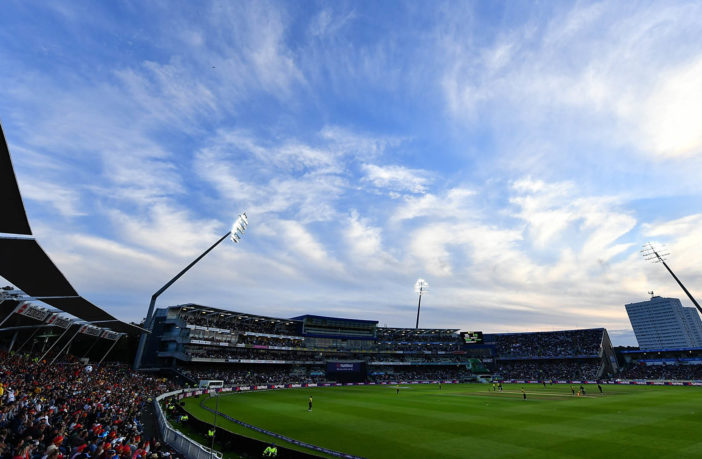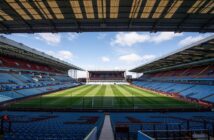With the Ashes in full flow, everybody is becoming more interested in cricket as the summer progresses. The second Ashes test was played in Birmingham at the historic Edgbaston Cricket Ground, but how has this arena become an institute of British sport?
History
Nowadays the ground hosts regular fixtures for the Warwickshire County cricket club as well as ODI and test matches, but it became renowned as a stable in British sport when it became the first English ground outside of Lord’s to host a major tournament final in 2013 when the ICC Champions Trophy was held here. Edgbaston is the fourth biggest cricket ground in the country behind Lord’s, Old Trafford and The Oval, and it was the venue for the first-ever senior game to be played under floodlights when Warwickshire and Somerset met in 1997.
However, the history of the ground stretches further back than that. Edgbaston was built in the early 19th century, with Calthorpe Estate believing that Birmingham could be the home of cricket due to its comprehensive railway links and large population. Construction quickly began on the site, and work was finally completed in time for the first test match to be played at Edgbaston in 1886. The first Ashes Test Match was played here in 1902, with the club building a permanent stand as well as two temporary sections in order for more spectators to view the action.
Edgbaston continued to evolve after the war, as a scoreboard and an indoor cricket school were built, and by the time the William Ansell Stand was completed in 1967, it was considered a superior ground to Lord’s. Executive boxes were added in 1989 before the capacity of the ground was increased to 17,500.
More recently, the Pavillon end underwent a makeover in 2010 and cost £32 million, which saw the capacity of the ground rise to 25,000. Five permanent floodlights were also installed in 2011 to allow 15 days of day-night cricket annually. The Duke of Edinburgh opened this, and the first test to be played at the ground following the development was England vs India, which saw England rise to the number one ranking in the ICC Test Championship. However, this is only one of a number of notable moments that have occurred on the hallowed turf at Edgbaston.
Notable Moments
It is difficult to talk about Edgbaston without mentioning Freddie Flintoff’s 2005 Ashes performance at the ground. The performance by Flintoff went down as one of the best overs of cricket ever and undoubtedly made Flintoff a household name. The test in 2005 was one of the closest in the history of the rivalry, but the image that sticks out for all cricket fans is that of Flintoff consoling Brett Lee. The whole of Edgbaston was rocking, and the rest of his teammates were hugging one another, but Flintoff instead opted to show the ultimate respect.
There have been various other moments down the years that have etched Edgbaston into the fabric of British cricket, with Colin Cowdrey and Peter May scoring England’s highest ever partnered score of 411 back in 1957 and England’s women side winning the first-ever World Cup in 1973. Brian Lara also graced the turf at Edgbaston, and he scored a record-breaking 501 in 1994 against Durham. It has become a ground that has produced so many memories for England, and that was evident in 2015 as they made history by scoring 408 against New Zealand. This was England’s largest margin of victory and their highest score in a match.





